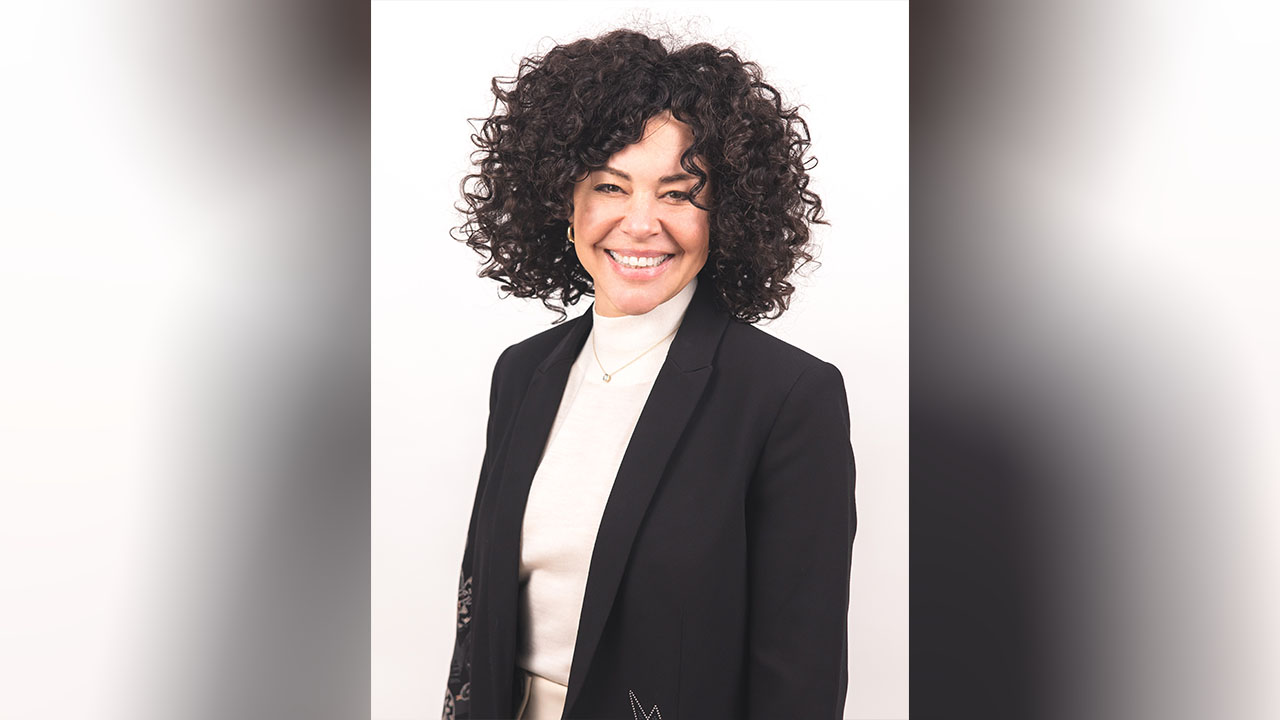When Grön founder Christine Apple got into the cannabis industry, it wasn’t a calculated move.
She was motivated by a desire for creative expression.
Apple, who was practicing architecture in Portland, Oregon, at the time, initially envisioned entering the industry through packaging design.
But she quickly discovered a significant gap in the market: a lack of high-quality, shelf-stable marijuana edibles.
While some options existed, they were often perishable and relied on cannabutter.
Driven by a desire to create accurately dosed, shelf-stable products, Apple drew inspiration from a personal place: making soup for her sick children.
She first focused on chocolate using Rick Simpson Oil (RSO). The early chocolate bars were not exactly a gourmet experience, but the shelf stability and fat-soluble nature of chocolate offered the promise of a consistent product.
Through working with testing labs, Apple mastered the art of consistent edibles production.
When Oregon voters approved adult-use cannabis in 2014, Apple took a leap of faith, cashing in her stock options from the architecture firm she worked for to build a 2,000-square-foot commercial kitchen.
Grön has since grown into a major player in the Oregon market, expanding into gummies in 2019 and venturing into other states such as Arizona, Missouri and Nevada as well as Canada.
The company has remained self-funded for the majority of its journey and took on its first tranche of capital, specifically for expansion, only in 2024.
Apple recently spoke with MJBizDaily about the state of the marijuana edibles market.
Looking ahead five to 10 years, what are the most significant shifts you anticipate in the cannabis edibles market?
We’re seeing consumer behavior shift right now.
We’re seeing that with the influx of all the hemp-derived THC products, which can be confusing for people who are not aware of what’s going on.
Texas and Wisconsin don’t have regulations, so you’re seeing more THC products on the open hemp market than you are in the regulated (marijuana) market, and those are coming in the form of drinks and edibles. Consumers are really drawn to them.
It’s a dangerous proposition because they’re not regulated, a lot of them are high dose, they’re available to children, they’re not packaged correctly, they’re definitely not being tested.
Consumers are definitely looking more toward CPG(consumer packaged goods).
We’re seeing more pre-rolls and edibles, and it’s mainly gummies. I don’t believe we’re going to see a strong influx of drinks coming into the cannabis space.
If the hemp market stays active in stores like Total Wine & More and the alcohol side of things, we’ll see the THC drinks take that side, possibly regulated like beer is.
We will see low-dose (hemp-derived THC) edibles on the open market. High-dose products will stay in dispensaries.
There’s a real competition between the hemp and the (marijuana) market, and it’s hard to know which way it’s going to go.
What are some of the biggest misconceptions people still have about cannabis edibles, and how can the industry educate consumers more effectively?
The biggest misconception people have is that they’re going to get high out of their mind and won’t be able to function the next day.
But products today are exceptional and highly regulated.
If you are able to articulate what you’re looking for when you go to a good dispensary, and say, “I’m looking for a low-dose sleep product,” there are a plethora of options a budtender can direct you toward.
We (as a brand) don’t get to speak to the consumers. We train the budtenders, who then speak to consumers.
Budtenders are high-dose users with a propensity to sell higher-dose products to consumers who really don’t need high-dose products.
Beyond THC and CBD, what other cannabinoids or ingredients do you see gaining prominence in the edibles space?
CBN products are 30% of our portfolio across all our product offerings.
CBG is another active cannabinoid that we’ve found great success with.
We are actively looking closely at THCA and CBC and other minor cannabinoids, but nothing is quite as spectacularly effective as CBN – it really serves a direct purpose of sleep.
But they’re all really interesting and all unlock something slightly different.
Grön has carved out a unique space with its approach to flavor and ingredients. What’s your philosophy behind product development, and how do you identify opportunities for innovation?
Innovation is a huge piece of our success. We have an R&D team, and we’re constantly working with new flavors.
We just came out with an entire rosin line with less emphasis on minors and more emphasis on the plant itself. The rosin is bringing the true effects through.
With traditional offerings, which are a rosin distillate blend, we focused on flavor profiles like fruit and chocolate to minimize the cannabis profile.
It’s a combination of flavors with effects to bring out the ultimate experience.
It has to taste good, it has to look good, it has to feel good.
What is the role of technology in the future of edibles production?
That’s a multimillion-dollar question.
We operate in Canada and the United States.
Because they’re able to manufacture in one location to support the entire country in Canada, they’re able to use more technology, more machinery, different machines for labeling, manufacturing, central mail system. It really becomes like a regular product.
In the U.S., we’re still doing things manually – not because we don’t want to invest in technology or machinery (but) because we can’t duplicate (the process) in every state.
We have different molds, different products and different packaging, and we’re not allowed to ship anything. It’s limited the technology we’ve been able to use.
What advice would you give aspiring entrepreneurs looking to innovate in the cannabis edibles market?
Be really thoughtful.
When I started, it was still easy to get in, and it was very forgiving. You could make mistakes and it wasn’t costly.
Coming in now, you have to have a healthy budget that’s financed. You have to bring something to the market that is a value proposition that’s not currently available.
What are you doing that’s different than what’s out there right now? Do you have enough funding? To start, you need to get cash flowing so the business is able to run so you can grow it.
What leadership principles have guided you in building and growing?
Women are exceptional leaders. We’re empathetic in the way we lead.
This company is not led in a top-down fashion. I am the CEO, but we run this almost like a board.
I have a team – seven of us – who run the company. We decide together what we’re doing. It’s like design by committee, but when we make a decision, we all go in together and tackle things together.
We don’t have a board we report to, so we’re solely responsible for the success of this company.
I run this company the same way I run my household and my children – I have high expectations, but it’s supportive and open and fair and honest.
Subscribe to the MJBiz Factbook
Exclusive industry data and analysis to help you make informed business decisions and avoid costly missteps. All the facts, none of the hype.
What you will get:
- Monthly and quarterly updates, with new data & insights
- Financial forecasts + capital investment trends
- State-by-state guide to regulations, taxes & market opportunities
- Annual survey of cannabis businesses
- Consumer insights
- And more!
How can companies such as Grön contribute to destigmatizing cannabis use?
We’re approachable and relatable to products people eat in their everyday lives.
People eat gummies for vitamins, or candies at the movies.
It’s just a segue – it’s another gummy that helps you sleep at night.
They can move off a prescription pill and take a sleep gummy. It’s a much easier way to transfer people to cannabis products.
Our product type is easy to take and keep out of the reach of children.
It’s very discrete and very dosable, which is critical.
It is the ideal segue.
This interview was edited for length and clarity.
Margaret Jackson can be reached at margaret.jackson@mjbizdaily.com.
Medical Disclaimer:
The information provided in these blog posts is intended for general informational and educational purposes only. It is not a substitute for professional medical advice, diagnosis, or treatment. Always seek the advice of your physician or other qualified healthcare provider with any questions you may have regarding a medical condition. The use of any information provided in these blog posts is solely at your own risk. The authors and the website do not recommend or endorse any specific products, treatments, or procedures mentioned. Reliance on any information in these blog posts is solely at your own discretion.






